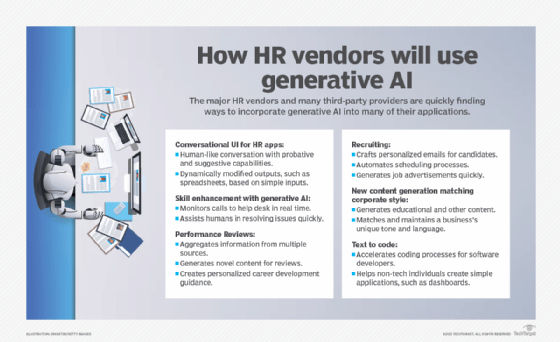Why is HRIS maintenance so important?
HR leaders should never neglect HRIS maintenance. Here’s why maintenance can help ensure that the software is aligned with your business needs and delivers the best ROI.
Maintenance is an often-overlooked but critical aspect of getting the most ROI from HR systems.
HR leaders invest a lot of time and money in human resource information systems (HRIS), human resource management systems (HRMS) and human capital management (HCM) systems in an attempt to improve HR processes. These systems automate manual tasks, can simplify reporting and can help improve employee experience and HR data accuracy.
HRIS maintenance can help ensure companies are getting as much of an ROI from the system as possible. For example, over time, companies might develop new needs, and HR system features added as part of HR system maintenance can potentially help address those issues.
Learn more about HRIS maintenance.
Why HRIS maintenance is important
HRIS maintenance can help improve a few different aspects of company operations.
1. Rectifying initial implementation trade-offs
Companies must often make trade-offs during an HRIS implementation because of budget issues, time constraints or features that didn’t end up meeting organizational needs.
HRIS maintenance can be an opportunity to implement features that a company could not afford earlier or that weren't ready within the initial timeline.
2. Helping address new requirements
As company operations change, an HRIS can help support new requirements instead of an organization needing to implement a manual process or new tool. The HRIS administrator can investigate options for addressing these new needs.
For example, as an organization grows, performing compensation or succession planning on spreadsheets might become complex and difficult to manage. Using compensation and succession planning features in the company’s existing HR system can streamline the process and improve the ROI of the HRIS.
3. Addressing potentially unknown needs
Vendors are continually adding new features, and SaaS platform customers can turn on new features and implement them when they choose. Many of these features might be configurable at no additional cost.
Vendors that are rolling out updates typically provide existing clients with a list of new features as well as instructions on how the features can be used and implemented. For major releases, vendors might also host webinars about the new functionality.
New features can address needs that company leaders might not have even considered. For example, a new feature could help eliminate a manual process.
How to learn about new HRIS features
HR system administrators can learn about new features in many different ways. Here are a few options for staying abreast of an HR system’s functionality:
- Vendor announcements. Vendors will usually announce new features or enhancements, and the announcements often include links to documents with additional details.
- Webinars. Vendors that are adding an array of new features will often host webinars to provide information about the new features and improvements.
- Customer support. Customer support can often help users who are trying to use a feature for the first time, whether it’s a new or existing feature.
- Customer portals. Some vendors have a portal where customers can share information with each other, and the opportunity to share insights and receive input on questions from other customers could be helpful.
- Account managers. The vendor might offer the opportunity to meet with account managers on a regular basis, such as monthly or quarterly. An account manager is a good resource for learning about what’s in development as well as new features.
- Beta programs. Many vendors will release major features early for a select group of customers. The aim of beta releases is to gather input from users before the feature is finalized.

How to continue to ensure HRIS success
To continue taking advantage of the HR system’s capabilities and potentially improve the ROI, the system administrator should continually ask employees about pain points with the system and gather suggestions on how to improve it. The system administrator can then look into whether their current vendor can solve these issues or if third-party vendors might be able to address them.
Users often assume that the issues they are experiencing can’t be solved. However, addressing the issues might only require a small configuration change.
Eric St-Jean is an independent consultant with a particular focus on HR technology, project management and Microsoft Excel training and automation. He writes about numerous business and technology areas.







